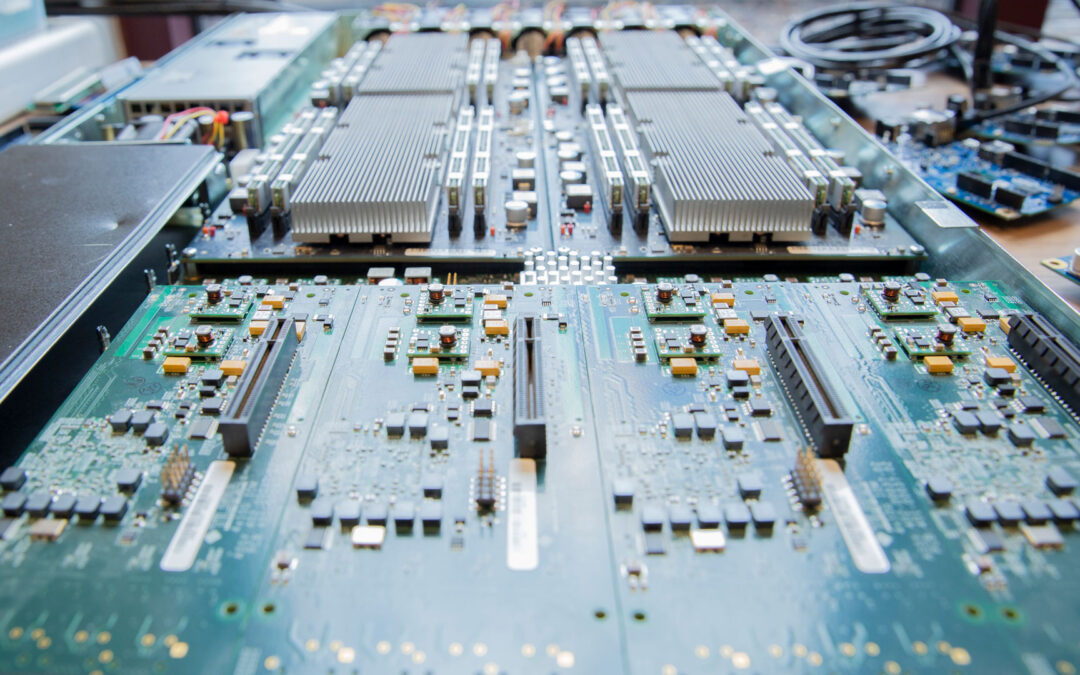Microelectronics enable all of the electronic systems we use today, from pacemakers, voting machines and cars to airplanes, missiles and supercomputers.
Also known as semiconductors, microelectronics have a uniquely complicated production supply chain. A typical semiconductor’s production occurs on multiple continents and takes three or more trips around the world, spanning 25,000 miles, according to a report by the Semiconductor Industry Association.
Over the course of this journey, many security challenges arise. Counterfeiting is a prevalent example. Between 2007 and 2010, U.S. Customs officials seized more than 5 million counterfeit microchips destined for commercial aviation and military applications. This problem has only increased due to supply chain issues and the resulting chip shortages during the COVID-19 pandemic.
Additional security issues include stolen intellectual property and design reverse-engineering. Along the supply chain, people can manipulate quality control information to pass lower-quality microchips as military-grade for a higher resale price. During production, malicious circuits or components could also be added and activated later to steal critical user information or disrupt the proper function of the device, such as a car failing to stop at a red light or a missile striking an unintended location.


